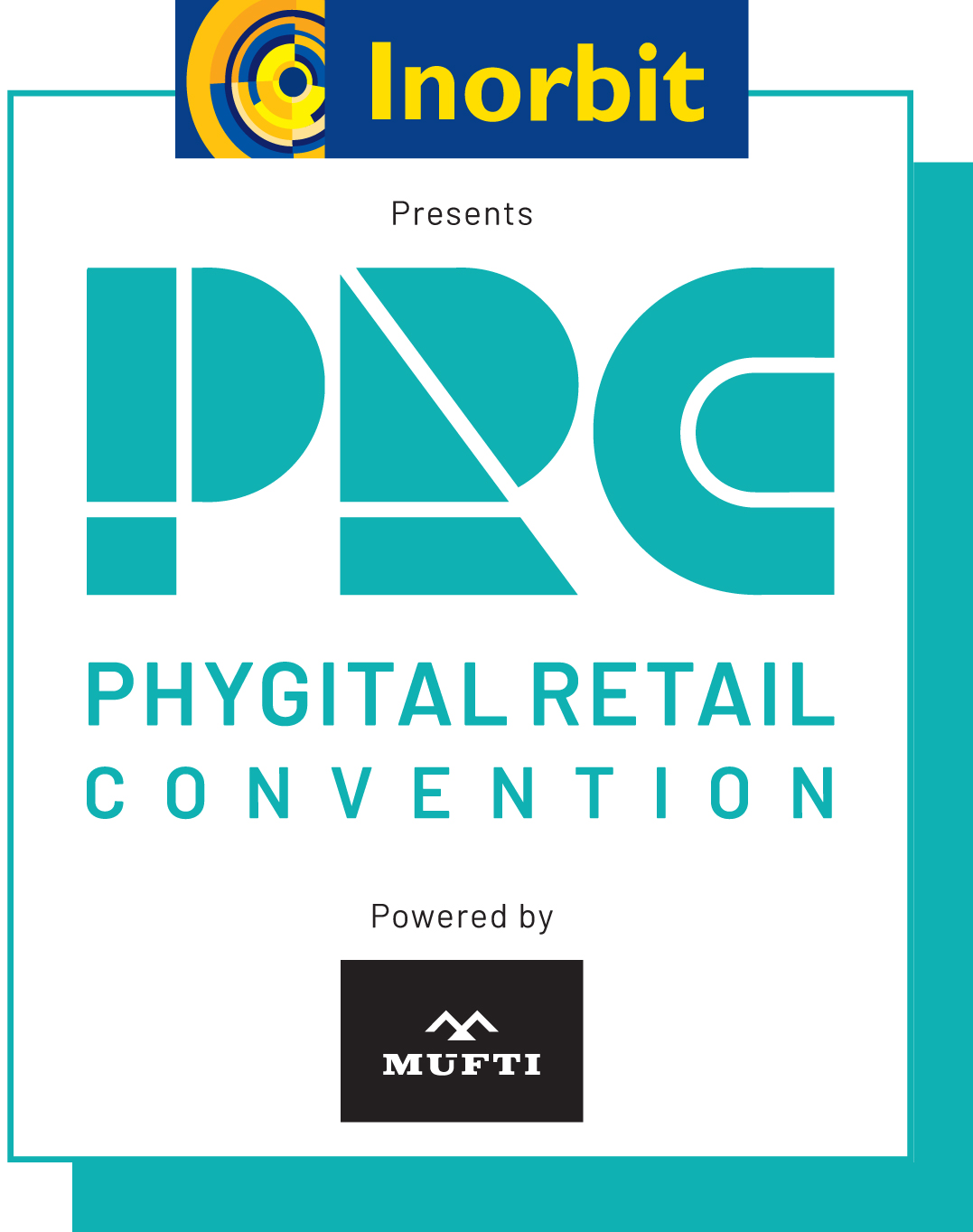The recent acquisition of the Hypercity brand by Kishore Biyani’s Future Group is one of the many instances highlighting a key ongoing trend in the retail industry – cross-category consolidation. Retailers are increasingly exiting businesses that drag down their profits and focusing on strengthening their core businesses to increase their market share and create value for their shareholders.
– Earlier this year, online retail giant Alibaba picked up stakes in Chinese supermarket chains Hema and Bailan
– Amazon bought out grocery chain Whole Foods for a whopping US $13.7 billion
– Last year, the world’s largest brick-and-mortar supermarket chain Walmart bought out US-based e-commerce company Jet.com for US $3.3 billion
– In India, Future Group acquired Hypercity for US $107 million and effectively added around 1.4 million square feet of retail space to their existing 13.8 million square feet.
There is a visible change in the appetite of retailers, especially in the food and grocery business. So, why are supermarkets out shopping?
To Gain Scale
Future Group already has presence in 221 cities after a series of acquisitions over the past couple of years. Last year, it acquired 124 retail stores of Heritage Fresh in Hyderabad, Bengaluru and Chennai. It also acquired retail group chain Sangam Direct, Easy Day and Nilgiris, significantly ramping up its presence in South India. The merger with Bharti Retail and acquisition of Big Apple effectively added 250 stores to its portfolio in the North.
This approach has not only boosted Future Group’s organic growth in terms of geography but also in terms of formats. The group now operates across all formats – from 1,000 sq. ft. feet micro-stores to 50,000 sq.ft. hypermarkets.
To Transition from Retail to Consumer Goods
Future Group’s strategy has slowly evolved from a pure play retail model to a fast-moving consumer goods model. Consolidation in the grocery space will further help them push their own products over private label consumer products. The recent acquisition of Hypercity is Biyani’s attempt at consolidation in the fashion and food category.
While most peers tried to go the FMCG way by outsourcing food processing and manufacturing to smaller firms, Future Group in fact outsmarted them all with the creation of Food Parks. These Rs 1,000 crore-worth large food processing factories, wholly owned by Future Group, have ensured that their margins are a few percentage points higher than their competitors’.
To Get Online and Offline
The ongoing consolidations in the food and grocery business gives out strong signals of convergence in online and offline retail, as retail margins shrink for companies following both business models. India’s offline retailers such as Tata Group’s Trent Ltd and Godrej Group’s Nature’s Basket have acquired small online app-based retailers to set up their online sales operations. Though Future Group has steered clear of the online market for a while now, most of its competitors have gone ahead to bite the bullet of Omnichannel retailing.
India is the Rising Food and Grocery Retail Star
India is the world’s second-largest producer of fruits and vegetables and sixth-largest food and grocery market globally, with the retail sector contributing 70 per cent of the sales. Food has also been one of the largest segments in India’s retail sector and is, according to the Union Minister for Food Processing Industries, expected to reach US $895 billion by 2020.
In 2016, the market size of the food and grocery sector was Rs 30,25,218 crore (or US $472.7 billion), with the organized share accounting for 2.4 per cent. (Source: India Retail Report 2017-18; Images Group). The Indian food and grocery segment is attracting investments from leading global players keen on opportunities in global-standard food services and retail technology.
While India’s retail story has unfolded slowly over the decades, the pace of change has now accelerated to such an extent that retail houses need to constantly innovate to remain relevant to consumers. By 2020, the market is expected to reach the size Rs 52,91,125 crore (or US $826.7 billion) and is growing at 15 per cent per annum (Source: India Retail Report 2017-18, Images Group)
Future Readiness
There have been talks of Amazon launching a private grocery label in India, and its intention of making its nationwide debut in online food retailing soon. Future Group is readying itself for battle by building an extensive network of offline retail, covering the entire spectrum from small formats to hypermarkets.
As a result of the retail sector’s globalization, Indian retailers are facing escalating challenges from foreign retailers in providing a complete retail experience. To cater to evolving customer expectation, retailers are adopting multi-channel retailing and are re-strategizing their store networks to stay competitive. Reconfiguration of real estate is an important part of the retail evolution that brands are adopting.
The key mantra for success in modern retailing is no longer just ‘the store in the right location’, but necessarily also involves the right strategy to attract and retain customers as a key to constantly improving margins.
The key mantra for success in modern retailing is no longer just ‘the store in the right location’, but necessarily also involves the right strategy to attract and retain customers as a key to constantly improving margins
Must Read



